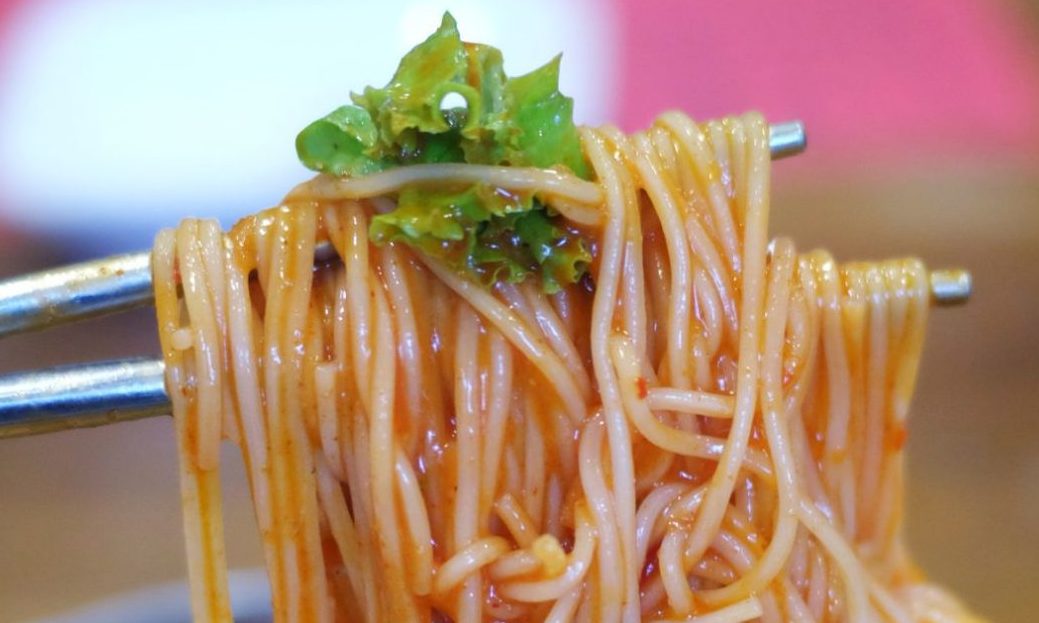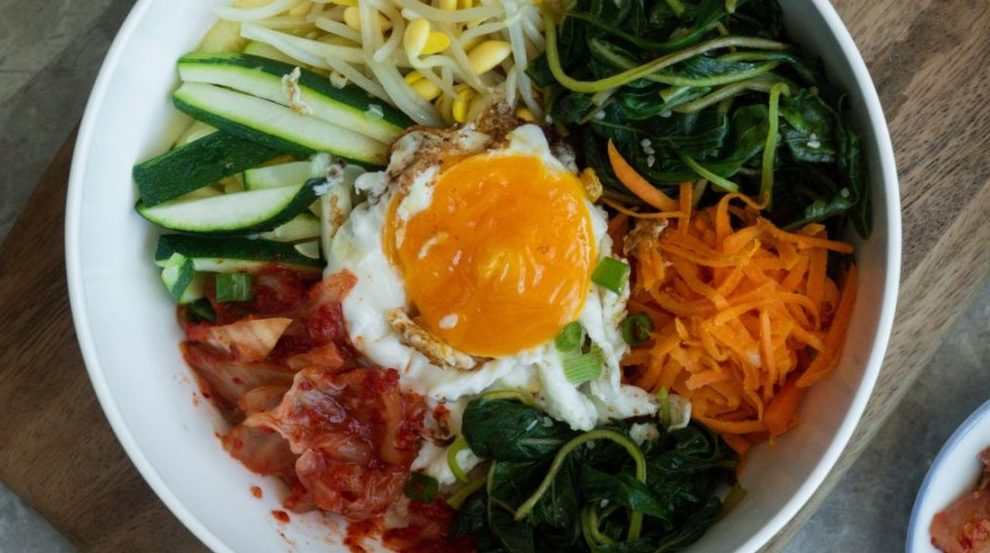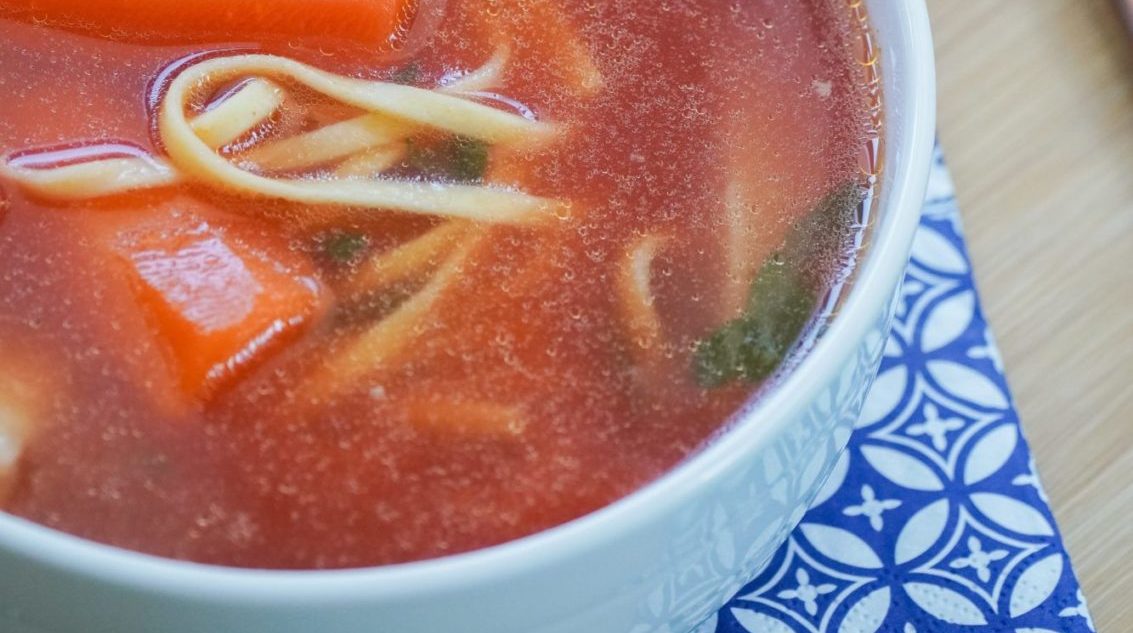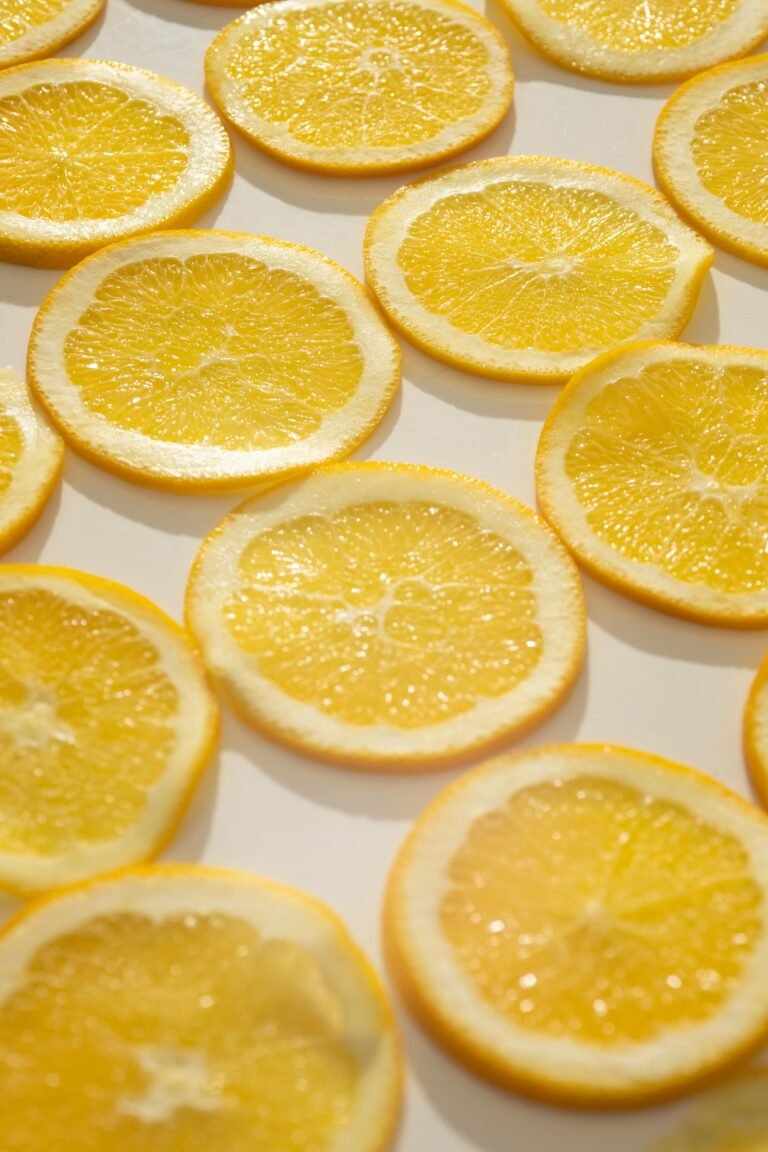Korean-Mediterranean diet: lose one kg per week
The Korean Mediterranean diet is a fusion diet that takes the best of two cultures, the Eastern and the Mediterranean culture. Recent studies have shown that this diet reduces abdominal fat because it lowers both blood sugar and high cholesterol and triglycerides. Its effect on visceral fat is also due to the action on intestinal bacteria that allows it to promote healthy and lasting weight loss.
It is also not difficult to do. It allows us to make quick and healthy meals that can be prepared in advance and are easy to prepare. The positive action on the immune system and inflammation makes the Korean Mediterranean diet ideal at any time of the year and has no contraindications.

Korean-Mediterranean diet: the basic foods of the diet
Mediterranean foods are fruits, vegetables, legumes, small fish, whole grains. There are three meals a day, but there is the option of two snacks.
Instead, the traditional Korean foods that you will see on the menu can be found in any physical Asian food store: just ask, and many organic shops have them too. Alternatively, you will be provided with purchase links on Amazon and on reliable stores of Asian online stores based in Italy.
Today, in fact, a fusion diet should not be seen as an oddity: it is right to take the best of the food culture of other countries, but this does not mean breaking with our tradition. If anything, paradoxically, go back to basics with a healthier and simpler diet that would have convinced even your grandparents.
Finally, on page three you will have an easy aerobic workout with lots of free videos inspired by Korean fitness. An easy, fun way to train that slims the waist, burns calories and slims the legs. If you want to lose more than one kg per week, definitely try it.
Korean-Mediterranean diet: what it consists of
At the base of the Korean-Mediterranean diet, we find two main meals rich in vegetables, legumes or whole grains, fish or eggs or tofu, very little meat. In combination, there are three traditional Korean foods at the base of the diet: kimchi, a preparation based on fermented cabbage that can be spicy, vegan, traditional or with a non-spicy flavor; the fermented soy bean paste known as miso paste; a condiment based on algae to reduce salt or to replace salt (gomasio with algae).

The daily portions of these products per meal are small, so they will last you for a month on a diet and beyond.
You can buy them on Amazon here. Alternatively, you can find them on sites like Asia Market (except the seaweed gomasio that you can find in organic food stores).
Kimchi: Bakoki® Premium KIMCHI, Original Korean Recipe (Pack of 3) – 900 g
Miso paste: Miyasaka Miyasaka Shiro Miso White – 300 Gr
Gomasio with seaweed: Organic Gomasio Super Algae
To these three foods we can add the low-calorie konjac pasta called shirataki, but it is an optional addition where there are no rice, pasta or other grain options. Available in various formats (noodles, tagliatelle, spaghetti, rice), I have already written about the benefits of konjac, so you can find all the information here.
Korean-Mediterranean diet or fusion diet: meals
The main meals of the diet are three: breakfast, lunch and dinner.
There are 3 breakfast options and they can be alternated or only one can be chosen for the duration of the diet.
The menu is 1350/1600 calories (men / women), suitable for those who want to lose weight in a healthy way.
Lunch or dinner have a similar pattern.
Take this into account because you will need it for upkeep.

-
Diet scheme.
A serving of basmati rice or rice / soy noodles or wholemeal pasta or brown rice OR boiled legumes OR wholemeal bread / brown rice cakes OR fruit OR potatoes. Choose one of these carbohydrate sources for lunch or dinner. For maintenance, start with 50 grams of dry cereals or baked goods or 200 grams of potatoes or two medium fruits or one large fruit. When you don’t eat pasta or rice you can use shirataki.
The quantities are double for men.Oil: one teaspoon per meal. In maintenance maximum two where only one is expected.
Broth, tomato sauce, raw and cooked vegetables in abundance. Half of the dish is of vegetables, this also in maintenance.
A fermented food per meal: miso / kimchi / sauerkraut / blue cheeses / pickles. One of these foods must always be present at lunch and dinner.
For proteins: eggs, tofu or wheat muscle, ricotta, aged cheeses, fish, molluscs, crustaceans, white meats. Always present at lunch and dinner, in the doses indicated by the diet.
Where there is no option of rice, spaghetti, cereals or bread, you can add shirataki of the type you prefer to your diet: noodles, rice, penne. The largest quantities are for men, the smallest for women. In this case there will be a slash to divide them.
For example. 30 gr / 50 gr means 30 grams for women and 50 grams for men.
On page two the whole weekly menu.
(CONTINUED ON PAGE TWO)
























+ There are no comments
Add yours